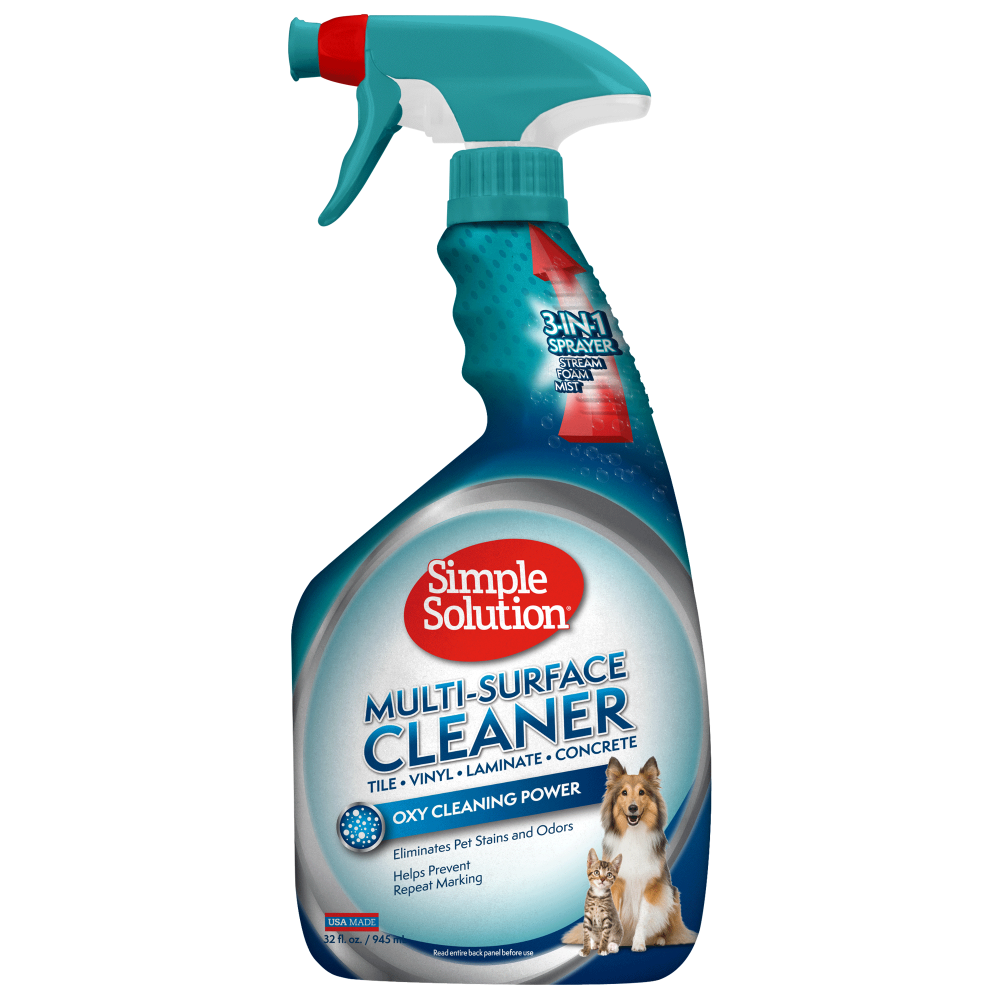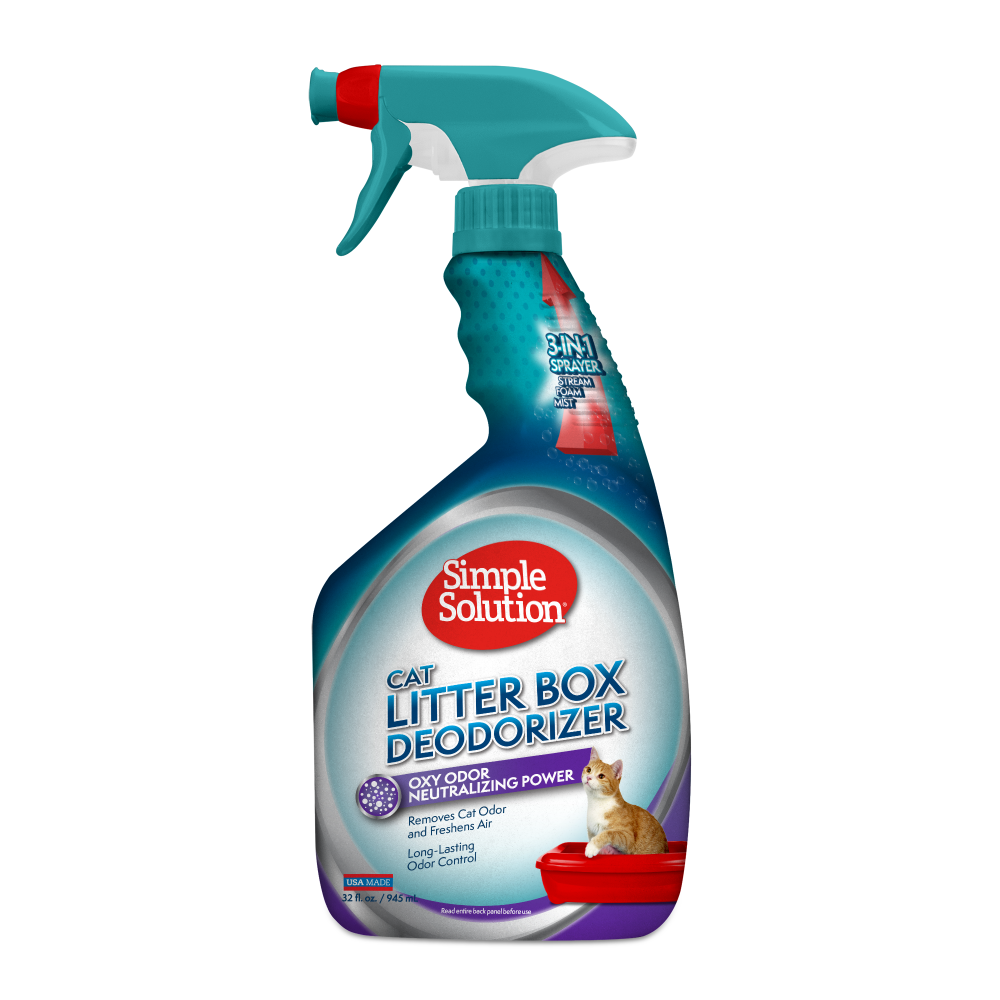
A medical condition that affects cats. It is a highly contagious virus that can have fatal consequences. Although vaccination has helped reduce the frequency of this viral disease, unvaccinated cat populations are commonly affected. In this article, we talk more about the nature of the disease and ways to prevent it. What are its causes in detail from petaholic?
What is cat plague?
Cat plague is a life-threatening infectious disease caused by Feline Panleukopenia virus in cats that mostly affects unvaccinated cats and can be fatal if not properly diagnosed and treated.
This disease is also known as feline parvo due to feline leukopenia, which may infect and kill cells that grow and divide rapidly in a cat's body, including cells in the bone marrow, intestines, skin, and embryos.
The virus prevents the production of all white blood cells in the bone marrow. These cells are important for the immune system and are used to fight infections. Without them, the cat is at risk of spreading the virus.
Each cat's symptoms may vary, necessitating individual treatment plans for each cat and cats may be able to recover from the disease, although the likelihood of recovery is also very low.
What are the causes of cat plague?
- Cats are exposed to cat plague due to contact with the feces of an infected cat, whether it is feces, urine, or nasal secretions.
- The infection is transmitted between cats to each other through direct contact between infected cats and other healthy cats, whether by eating from one bowl or through the individual breeder of an infected cat who carries the virus from the sick cat to the healthy cat through contact with secretions from it.
- This virus, which kills cats, may live on surfaces and on the body of the individual who keeps them for up to two days, sometimes it remains alive for up to forty-five days, and there are those who live for a full year.
- Patients with pneumonia, people with certain chronic diseases, or those with weakened immune systems are more likely to transmit it through contaminated food and partially cooked food.
- Treatment depends on the type of plague and the affected area, as there are cases of bubonic plague, which infects the lymph nodes, septicemic plague, which infects the blood vessels, and pneumonic plague, which infects the lungs and throat.
Is cat plague transmitted to humans?
Cats of all ages can contract cat plague and therefore vaccination is crucial.
Humans cannot contract it, but those who handle infected cats without taking necessary measures can transmit the infection to cats.
Cats that have recovered from the disease should have their living quarters completely cleaned. Even cats that recover from the disease are susceptible to reinfection. Since antibiotics have no effect on cat illness, only medications approved by a veterinarian should be given to cats.
Cats with pneumonic plague in particular require special care indoors, as there is a chance this type of feline plague can be transmitted to humans.
Ways to prevent the transmission of plague or its transmission from one cat to another
Gloves: Gloves must be worn and can be obtained by clicking here. Isolate cats from the rest of the family and completely dispose of all tools used by infected cats by using the Elizabeth medical collar.
When handling sick cats, use gloves, dispose of dead animals immediately, use insect repellent when camping and during trips, and use lotions to protect your body from mosquito bites.
Neck collar: A collar to prevent animals from biting or licking their body when treating fractures, fungi, wounds, etc. This collar, which comes in all sizes, is light and transparent, allowing your pet to see the world around him while wearing it.
You can attach this collar to a regular collar for added security, or you can wear it alone, using the size chart with illustrations. You can choose the perfect size for your pet by clicking here or a set of eco-friendly hygiene bags click here to access the product.
It is best to use products containing DEET on your skin and pets can be sterilized with anti-flea treatments.
Treatment should begin as soon as the infection is identified and symptoms begin to appear. Once the danger period has passed, sick cats continue to be treated with antibiotics at home.
Cat plague treatment
Supportive care is crucial. Once all symptoms appear and veterinarians give their approval, several measures must be taken in order to treat cat plague, which are as follows:
- Cats should begin receiving treatment as soon as diagnosis is made and hospitalization may be necessary at this time.
- Restoring the body's fluid level and balance will be the first priority when formulating a treatment strategy for toxoplasmosis.
- Depending on the severity of the disease and its symptoms, several other treatments may be necessary.
- It is recommended that sick cats spend a few days in the hospital to prevent the spread of the disease, especially in homes with many cats.
- Isolation can take up to 6 weeks. Feline distemper is a disease that needs to be treated at home and dealt with comprehensively.
- Infection can negatively affect the physical and psychological health of cats, which is why it is important to consider the mental health of cats during the treatment process.
- People who have more than one cat need to change their clothes and pay attention to hand hygiene before coming into contact with other cats.
- It is known that cats that are treated properly, whose treatment begins in a short time and receive effective care can overcome this disease, but unfortunately there is no guarantee that the treatment will be successful.
Symptoms of cat plague
The symptoms of cat plague are many and vary depending on the type of cells targeted by the virus. Infection with the disease can sometimes lead to sudden death without any symptoms.
- A cat's body temperature fluctuates, sometimes falling and rising in unexpected ways.
- Cats show symptoms of general weakness and severe anemia, including loss of appetite and refusal to eat normally.
- An infected cat's nasal secretions increase, and it is important to note that if these secretions come into contact with healthy cats, whether directly or indirectly, they will spread the virus to them.
- One of the most important signs that kittens are infected with the virus appears in their unbalanced movement and muscle tremors.
- If a pregnant cat becomes infected with cat plague, she is at risk of miscarriage, and if the cat gives birth to her babies, they may cause damage to the cerebellum.
- Chronic diarrhea followed by bleeding in an infected cat is one of the most obvious signs of plague.
Prevention of cat plague
Since it is known that this virus can be resisted using good types of disinfectants and sterilizers, the person who raises cats must take several things, including:
- Wash his hands frequently and make sure to clean the areas where the sick cat is well using sterilizers and other disinfection methods
- Always clean your pet's personal hygiene, clean the eating areas and litter box, vaccinate cats, especially kittens, and follow the vaccination protocol carefully.
- Serious types of disinfectants and sterilizers for the cat itself can be obtained through the Petaholic website
Simple Solution Surface Cleaner for Cats and Dogs 750ml
- Hardwood floors, stone floors, linoleum, vinyl, brick, concrete, marble and ceramic tile respond well to a multi-surface cleaner.
- Used to remove dog and cat stains and odors including vomit, feces and urine in both modern and historical problem areas.
- The price is 65 SAR.
- It can be obtained by clicking here
Simple Solution Tub Cleaner and Deodorizer Spray 500ml
- Your home will smell clean and fresh all day long after using this clump-free spray, perfect for everyday use.
- When used as directed, this product is safe to use around your children and pets.
- Provides odor-free cleanliness all day, every day
- It can be obtained by clicking here
Electric comb to remove lice and fleas
An electric flea and lice comb is available for both dogs and cats.
- High quality makes it easy to detangle hair knotted in lint and dust.
- When you run it over your pet's fur, a small electrical charge is released that makes your pet feel comfortable.
- Suitable for all ages dogs and cats.
- The comb is durable, reusable and affordable.
- It penetrates deep into your pet's coat, locates, kills and stuns it before chemical-free removal from your pet.
- Simply brush it through your pet's fur to emit a small, harmless electrical charge that stuns and kills the shedding.
- Click here to get it
Frequently asked questions about cat plague
1.Is cat plague transmitted to humans?
Yes, cat plague (bible plague) is a disease that can be transmitted from animals to humans. Bubonic plague is caused by the bacterium Yersinia pestis and is usually spread through flea bites (small flocks) or through direct contamination with secretions or bodily fluids of infected animals.
Symptoms of plague in humans appear suddenly and include fever, severe pain, and swollen lymph nodes. If not treated quickly, plague can have serious and even fatal effects.
Although plague is rare in modern times, it is still found in some areas, especially in areas where fleas and rodents are present. If you believe you have been exposed to the plague or have suspected symptoms, you should immediately undergo a medical examination and begin appropriate treatment.
2. When is the cat serum taken?
There is no specific serum for cats in the context of the usual vaccines. However, there is a vaccine to protect against some common diseases in cats. Cats are given certain vaccines according to a vaccination schedule determined in consultation with the veterinarian.
Common vaccinations for cats include vaccines for coccidiosis, syphilis, chlamydia, oral viral chlamydia, psychotropic viral chlamydia, herpes virus, coronavirus, oral coronavirus, human coronavirus (COVID-19) and the chlamydia vaccine.
It's a good idea to talk to your veterinarian about your cat's vaccination needs and how to organize a vaccination schedule based on factors such as age, environment, and general health status.
3What is the plague and does it have a cure?
Plague is a bacterial disease that affects humans and animals. It is caused by the bacteria Yersinia pestis. Plague is usually transmitted to humans through the bites of infected fleas or through exposure to bodily secretions or contaminated animal fluids. Plague can appear in three main forms: bubonic plague, pneumonic plague, and enteric plague.
1. Bubonic Plague: It causes swollen lymph nodes, fever, and severe pain.
2. Pneumonic plague: It infects the lungs and can spread through the air when an infected person sneezes or coughs.
3. Septicemic Plague: It affects blood circulation and can be very dangerous.
Although plague is dangerous, it can be treated effectively if early diagnosis is made and treatment with appropriate antibiotics, such as streptomycin or tetracycline, is initiated. It is recommended to seek medical care immediately if plague is suspected, as prompt treatment can be vital to survival and avoiding the disease progressing to more serious stages.
4. How do I protect my cat from cat plague?
To protect your cat from cat plague, you can take some of the following preventive steps:
1. Vaccines : Vaccinate your cat against common diseases that affect cats, according to a vaccination schedule that is determined in consultation with your veterinarian. This includes vaccines against coccidiosis, syphilis, herpes viruses, and others.
2 . Flea control: Be sure to control fleas regularly using veterinary products recommended by your vet. Fleas may transmit the bacteria that causes cat plague.
3. Good hygiene: Keep your cat's surroundings clean. Clean litter boxes daily and avoid accumulation of droppings to reduce the spread of diseases.
4. Avoid contact with infected animals: Avoid allowing your cat to come into contact with animals infected with cat plague. It is best to be careful if you are in areas that have had an outbreak of cat plague.
5. Regular examination: Examine your cat regularly to ensure that there are no strange or abnormal symptoms. If in doubt or if there are symptoms such as swollen lymph nodes or changes in behavior, contact your veterinarian immediately.
If you are concerned about cat plague or any other diseases, consulting your vet is always the best step to receive advice and guidance specific to your cat's condition.
5. How do I know if my cat has cat plague?
- Pay attention to symptoms such as frequent vomiting, diarrhea, weight loss, and sores in the mouth and gums. Always go to your vet for an accurate diagnosis.
6. Can cat plague be transmitted to humans?
- Yes, in rare cases, the infection can be transmitted through stings or bites from an infected cat.
7. Does cat sneezing pose a danger to humans?
In general, cat sneezing does not pose a significant risk of cat plague, but it is recommended to avoid direct contact with infected cats.
8. Can dogs get cat plague?
Cat plague is not usually transmitted to dogs, but dogs can become infected with different types of plague.
9. Where does cat plague come from?
It comes from a bacteria called Pasteurella molsen, and is transmitted between cats when they come into contact with infected secretions or when they are bitten or stung.
10. What can cat plague cause to humans?
- It can cause infection in humans with symptoms similar to those in cats, such as vomiting and diarrhea. People suspected of infection should see a doctor for treatment.
11. Can cat plague cause the death of cats?
- Yes, in some cases, if not treated quickly, it can cause the death of affected cats.
12. How is cat plague transmitted?
- It is mainly transmitted through stings or bites by an infected cat, but it can also be transmitted through contact with infected secretions such as saliva, urine, or feces.
At the conclusion of our last article, we covered everything related to the diagnosis, treatment and prevention of cat plague, in addition to the signs and types of plague in cats and preventive strategies.






